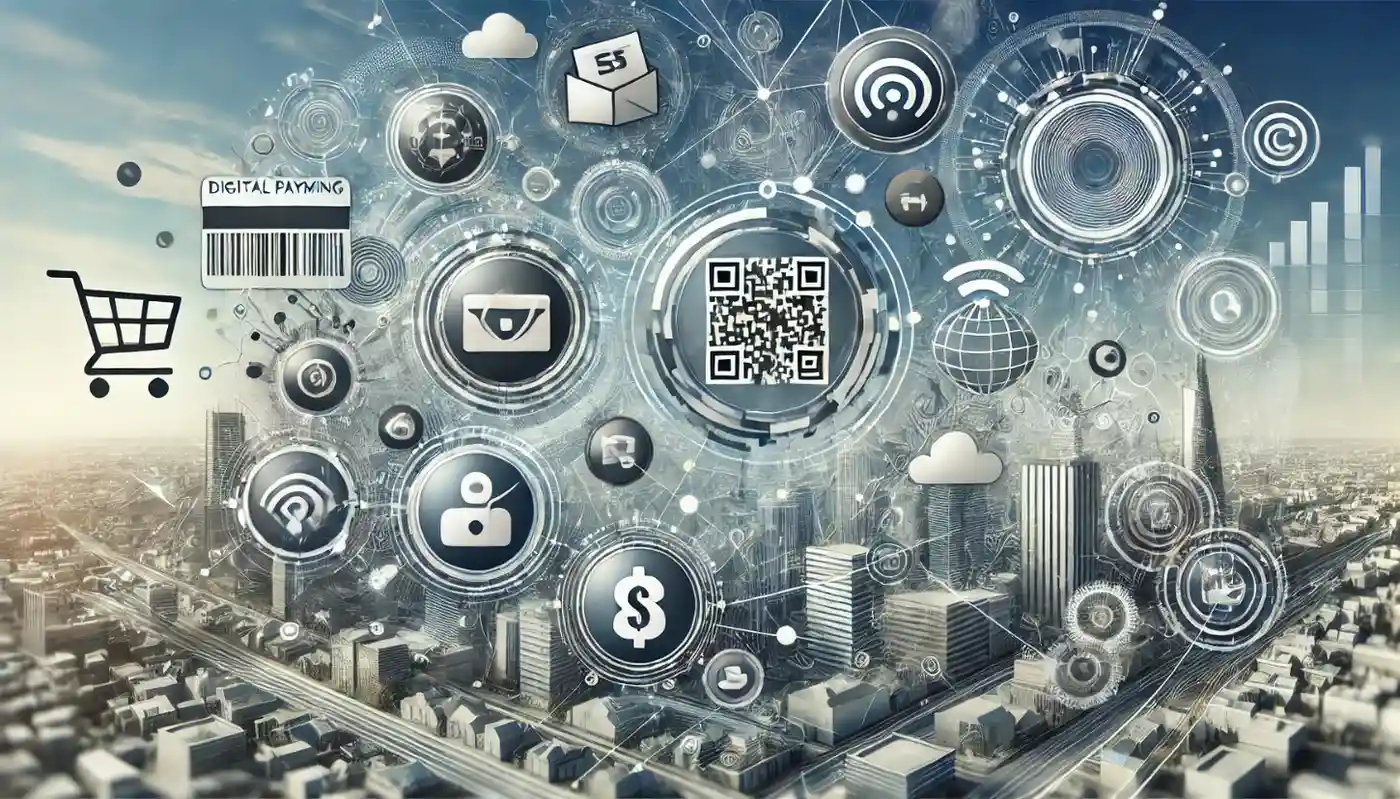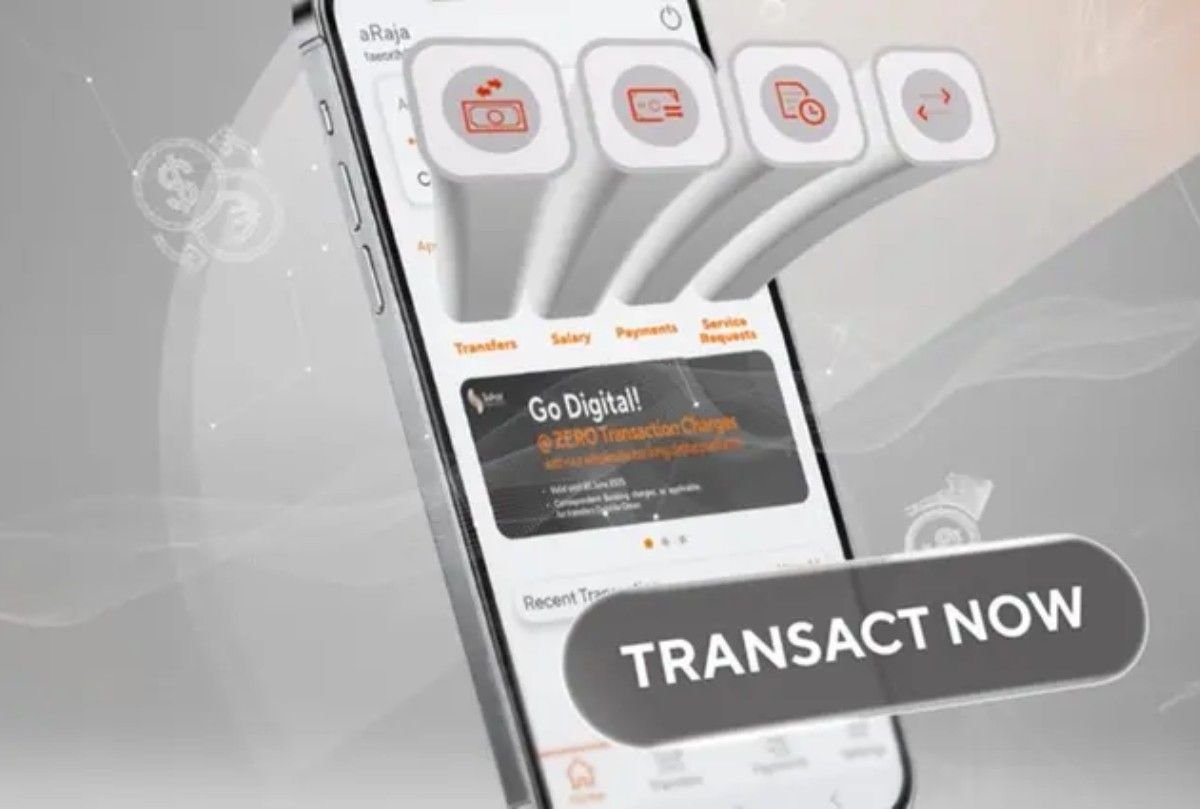Nepal has witnessed a major shift towards digital payment systems, accelerated by the COVID-19 pandemic, government initiatives, and a surge in mobile and internet penetration. The Payment System Oversight Report 2023/24, released by Nepal Rastra Bank (NRB), highlights substantial growth in the country’s payment systems, with faster payment options, QR code-based transactions, and mobile/internet banking leading the charge.
The report shows a clear trend of increased digital payment adoption, as the use of cards and cheques has declined. The overall shift toward digital payments is evident across various platforms, including connectIPS, QR code payments, and mobile banking services.
In particular, the connectIPS platform, which allows users to make instant payments via mobile app or web portal, has seen a dramatic rise in usage, especially post-pandemic. In FY 2023/24, the number of connectIPS transactions increased by 49.5%, totaling 75.56 million transactions.
QR code-based payments have also gained widespread acceptance, with a remarkable 117.03% growth in the number of transactions and a 103.66% increase in the value of those transactions in FY 2023/24 compared to the previous fiscal year.
Mobile and internet banking services have expanded significantly as well. The NRB report indicates a 15.4% increase in mobile banking users, reaching 24.65 million, while internet banking users grew by 3.4%, reaching 1.92 million in FY 2023/24.
Despite a steady increase in the use of debit and credit cards, their growth rate has slowed in comparison to other payment methods like QR codes and faster payment systems. Prepaid card usage, which had plummeted during the COVID-19 pandemic due to travel restrictions, has also seen a slight uptick recently, largely due to the revival of tourism.
The use of cheques and the ECC (Electronic Clearing System) has continued to decline as digital financial services become more widespread. In FY 2023/24, cheque usage dropped by 4.5%.
One of the key drivers of this digital payment boom has been the significant increase in mobile and internet access. The report reveals that 4G/LTE services now cover 741 out of 753 local levels across all 77 districts in Nepal. With smartphone penetration at 72.94%, and 38% of households having access to internet services, the foundation for digital payments has been firmly established. Additionally, 15% of people now have access to computers or laptops.















